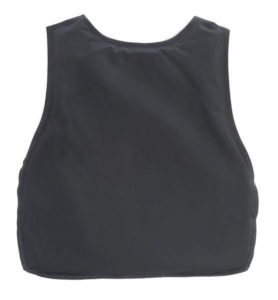Lightweight Armor for Heavy-Duty Operation
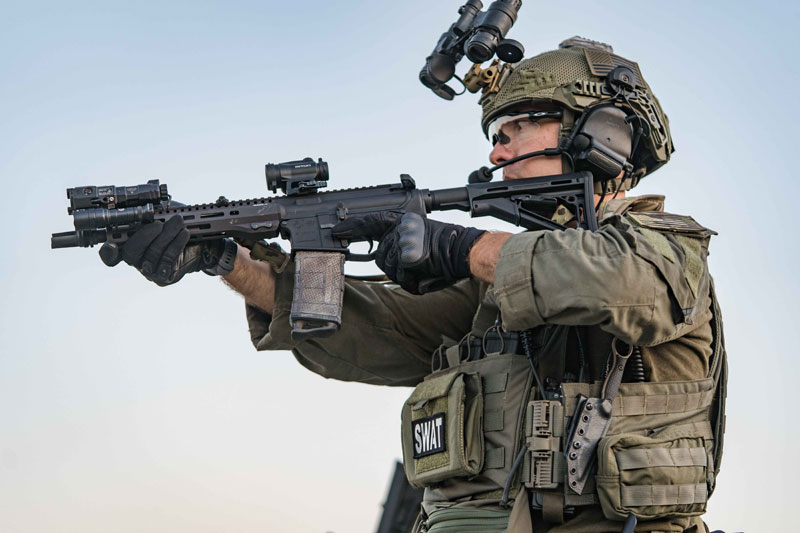
No matter if you’re in the military, law enforcement, or private security, one thing is for sure—your armor should not slow you down. Light armor for heavy-duty operations is not merely a new convenience; it’s a tactical imperative.
When speed, endurance, and agility are the difference between mission success and failure, the gear you wear becomes part of your survival toolkit. Let’s have a quick look at the importance of lightweight armor. Gear up with Chase Tactical lightweight armor for operation – shop now!
Importance of Lightweight Armor
Wearing armor used to mean choosing between safety and mobility. Fortunately, advances in materials science have given us protective gear that doesn’t compromise either. Lightweight armor offers numerous benefits that go far beyond comfort.
Enhanced Mobility
In high-risk environments, your speed of movement can mean the difference between life and death. Lightweight body armor allows users to sprint, duck, crawl, and climb without feeling as though they’re carrying an anchor. This freedom of movement is crucial in tactical missions, where split-second reaction times are required.
Reduced Fatigue
Heavy equipment causes faster depletion, particularly in long operations or when working in difficult terrain. Light armor reduces body fatigue, enabling you to function for a longer time and remain vigilant. Reduced fatigue translates into improved critical thinking under stress.
Improved Operational Efficiency
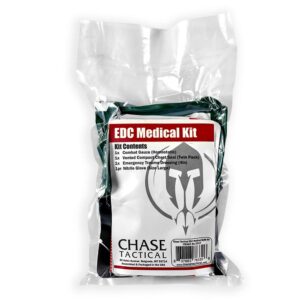
With less weight to carry, you’re free to bring additional gear, such as ammunition, communications equipment, or medical supplies. Your cognitive load also decreases as you’re not constantly distracted by discomfort or restricted movement. Overall, you become a more effective operator.
Heavy Armor vs. Lightweight Armor
The debate between heavy and lightweight armor isn’t just about personal preference—it’s about mission success, comfort, and survival. Each type of armor serves a specific purpose, and understanding the trade-offs is crucial.
Whether you’re preparing to deploy into a high-risk combat area or an extended-range patrol, it’s essential to understand the differences between these two scenarios so you can make a more informed decision. Let’s examine the differences and determine which one best suits your operational requirements.
1. Protection Level Comparison
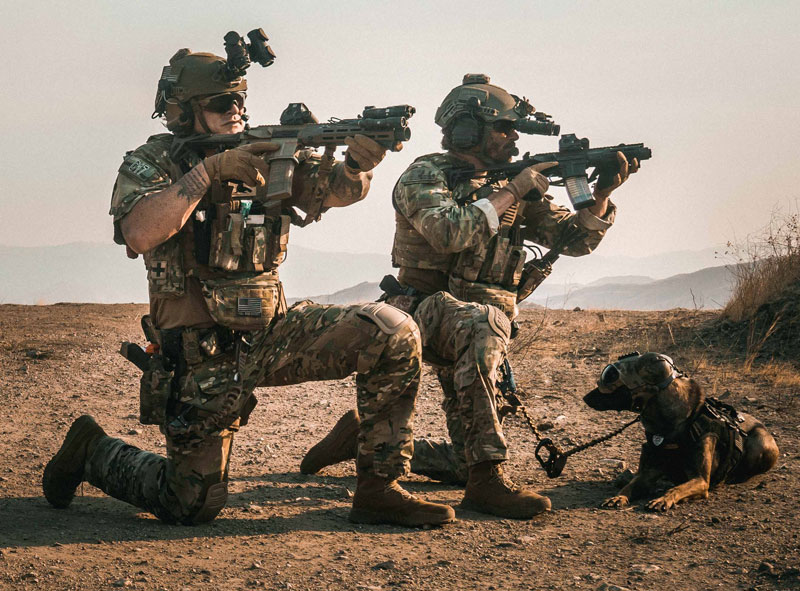
Heavy armor, typically made from steel or thick ceramic plates, offers robust protection against high-caliber rounds and multiple impacts. Lightweight armor, often constructed with advanced polymers or hybrid materials, provides excellent protection for most threats but may be slightly less resilient in direct, repeated hits from armor-piercing rounds.
2. Weight and Endurance Impact
The most obvious difference is weight. Heavy armor can add 20–30 pounds or more to your loadout, while lightweight options can weigh half as much. That makes a huge difference in endurance—lighter armor equals less physical drain and more operational stamina.
3. Application Scenarios
Heavy armor is best suited for use in fixed defensive positions or brief, high-risk operations that involve full exposure to threats. Lightweight armor is ideal for long patrols, urban warfare, or operations that require stealth and speed. The proper choice is based on the situation and probable threats.
10 Important Tips for Choosing Lightweight Armor for Heavy-Duty Operations
When it comes to selecting the right lightweight armor for demanding tasks, the details matter more than ever. It’s not just about how much the armor weighs but how well it protects, fits, and functions during real-world use. A smart choice can boost your endurance, safety, and effectiveness in the field.
Below are ten essential tips to help you choose armor that performs under pressure without slowing you down
1. Know the Threat Level You’re Facing
Before buying any armor, understand the types of threats you might encounter. Are you dealing with small arms fire, sharp objects, or high-velocity rounds? Lightweight armor should meet the minimum protection for your operational environment. Always balance weight with threat mitigation.
2. Prioritize NIJ Certification
NIJ (National Institute of Justice) ratings are the gold standard in armor testing. Look for armor that is officially NIJ certified, not just “tested to NIJ standards.” Certified armor provides verified assurance that it meets industry-level protection benchmarks.
3. Assess the Weight-to-Protection Ratio
Some armor may be lightweight but offer minimal protection. Others may be slightly heavier but provide multi-hit capability. Evaluate the ratio carefully—your gear should give you maximum protection with minimal weight. Aim for under 5–6 pounds per plate, if possible, without sacrificing coverage.
4. Consider Material Technology (UHMWPE, Aramid, Ceramics)
Modern armor utilizes advanced materials, including Ultra-High Molecular Weight Polyethylene (UHMWPE), aramid fibers (such as Kevlar), and ceramic composites. These materials are lighter and more flexible than traditional steel. Understand the pros and cons of each to choose the right one for your mission profile.
5. Check for Modular Design Options

Modular armor systems allow you to add or remove protection zones based on the mission. For example, you might need side plates in some scenarios and not in others. A modular vest with plate carrier compatibility provides adaptability without requiring multiple setups.
6. Evaluate Comfort and Fit
Wearing armor that doesn’t fit will limit your movement and make you feel uncomfortable. Look for adjustable shoulder straps with cushioned interiors and an ergonomic design that provides a comfortable fit. Try it on. Don’t forget, even light armor will seem heavy if it’s not comfortable.
7. Inspect Ventilation and Heat Management
Armors worn in warm weather can cause excessive heat buildup. Check for design features such as mesh linings, moisture-wicking textiles, and ventilation channels. These design features help maintain your body temperature, which is crucial during prolonged missions conducted in warm environments.
8. Ensure Easy Mobility and Flexibility
Your gear should move with you, not against you. Lightweight armor should not restrict your ability to bend, twist, kneel, or lie prone. Flexible panel inserts and segmented plate carriers can improve mobility without compromising protection.
9. Confirm Compatibility with Other Gear
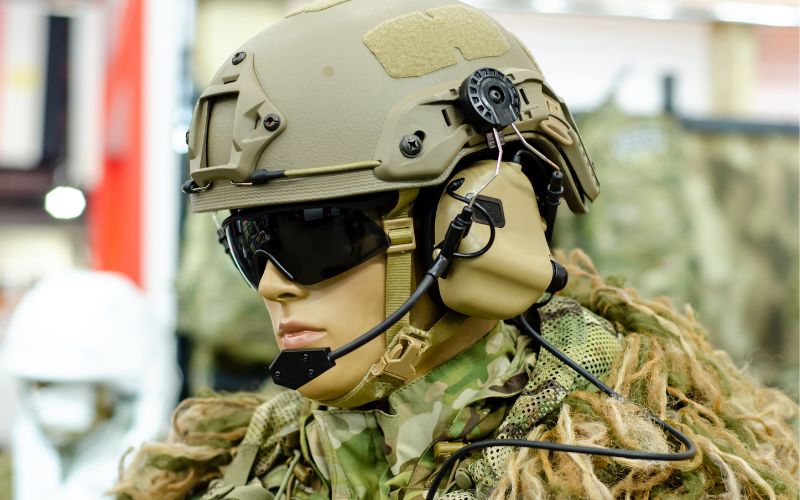
Verify that your armor integrates well with your tactical helmet, communications systems, belts, and backpacks. Clashing gear can limit your range of motion or even expose vital areas. Choose armor designed with tactical integration in mind.
10. Understand the Warranty and Durability Factors
Even lightweight materials can be tough and long-lasting. Look into the product’s warranty, expected lifespan, and maintenance requirements. Good armor should withstand harsh conditions, repeated use, and wear without losing its protective integrity.
Conclusion
Lightweight armor is changing the game for professionals working in dangerous environments. It offers a much-needed balance between protection and mobility, allowing you to move freely while staying safe.
Whether you’re patrolling hostile zones or conducting tactical entries, selecting the right lightweight armor can enhance your performance, reduce fatigue, and save your life. With the right features and materials, lightweight armor proves that you don’t need to be weighed down to be well-protected.
Frequently Asked Questions
Is lightweight armor as safe as heavy armor?
Yes, for many scenarios, lightweight armor offers adequate protection. However, it’s essential to match the armor’s protection level with your expected threat. Always refer to the NIJ rating for guidance.
What is the most common material used in lightweight armor?
The most common materials include UHMWPE (Ultra-High Molecular Weight Polyethylene), aramid fibers like Kevlar, and ceramic composites. These provide strong protection with less bulk.
Can lightweight armor be worn for long durations?
Absolutely. Lightweight armor is preferred for long missions because it reduces strain and fatigue, allowing for more efficient performance. Just ensure it has good ventilation and a proper fit.
How do I maintain my lightweight armor?
Store it in a cool, dry place, avoid exposure to harsh chemicals or sunlight, and follow the manufacturer’s cleaning guidelines. Regularly inspect it for damage or wear.

